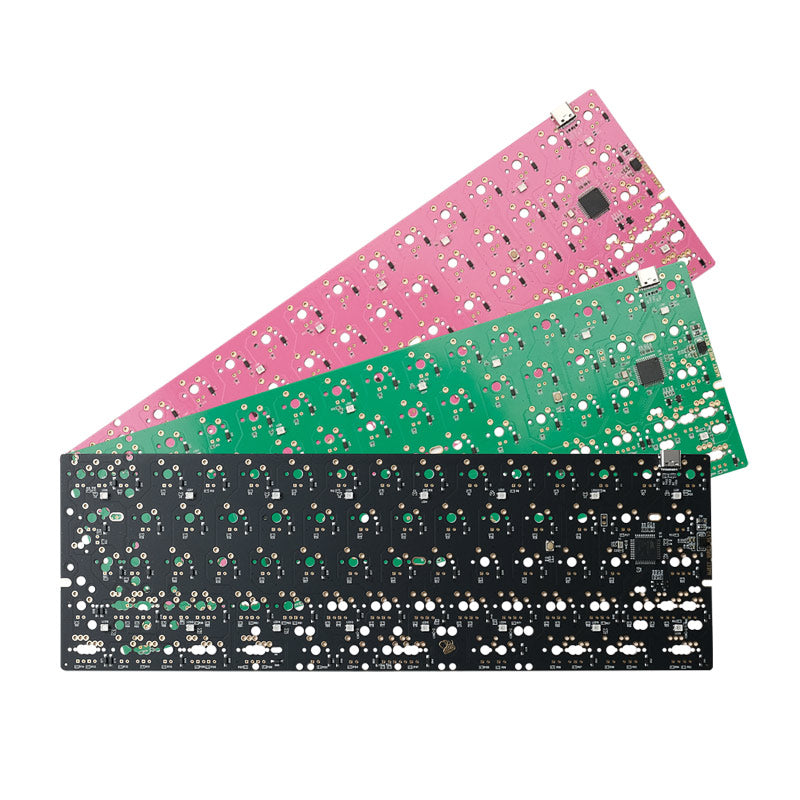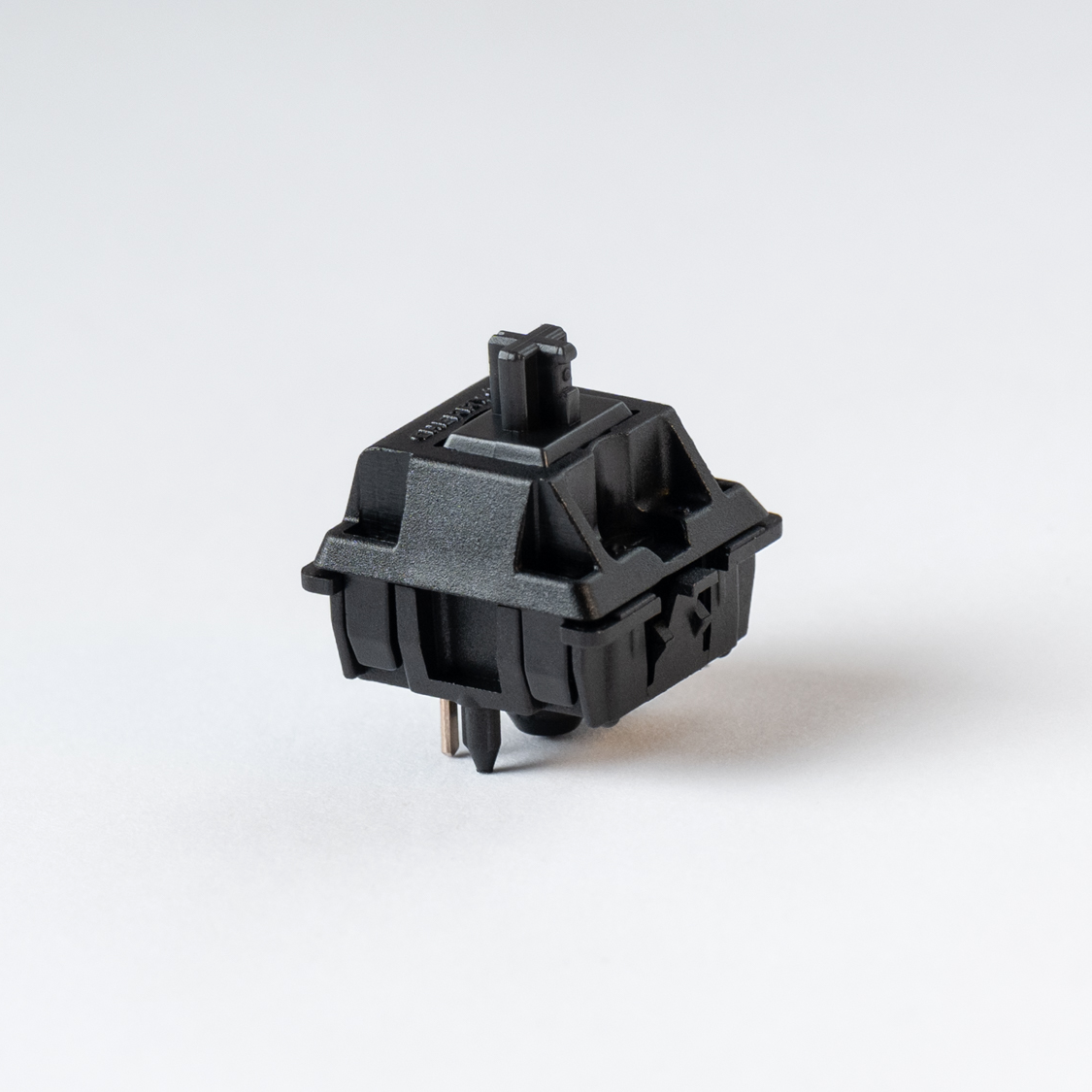Introduction: A Tale of Tactile Triumph
Imagine a musician meticulously tuning their instrument, ensuring each string resonates perfectly to create a harmonious melody. That musician is you when it comes to how your want to design your keyboard. Designing a custom keyboard is like composing -- each part of it is unique to you and what you want to express. From the housing to the keycaps, it’s an extension of who you are.
The Case
The case is the skeleton of a custom keyboard. It defines the size, shape, and the aesthetic appeal. According to a 2023 survey by Keyboard Magazine, 67% of custom keyboard enthusiasts prefer aluminum cases for their durability and weight, while 25% choose acrylic for how it diffuses light from the RGB. Choose whatever case makes you happiest.
Cases, and subsequently PCBs, come in different sizes. They range from 40% to 100% (and more if you want extra). The size of the case depends on your preferred aesthetic, if you like a minimalist look, a 60% case is always a good choice. Here are some good options you can find on Amazon: 60% Cases
There are tons of other options that I’ll explore in further detail in another blog post!

PCB (Printed Circuit Board): The Heartbeat of Functionality
The PCB is where the magic happens. It's the electronic circuitry that registers each keystroke. A 2022 study from TechElectron shows that 55% of custom keyboard builders prefer hot-swappable PCBs. This feature allows users to change switches without soldering, offering flexibility and ease of customization. I personally use a hot swappable 65% keyboard.
Here’s an Amazon link to find some 60% PCBs that fit into the same size case: 60% PCB
As of right now, PCBs are also a little difficult to find on Amazons so if you’re interested in exploring options check out some niche websites like kbdfans.

Switches: The Soul of Typing Experience
Perhaps the most critical component, switches determine the feel and sound of your keyboard. Mechanical switches dominate the market, with a 2020 report by Global Keyboards Inc. revealing that Cherry MX switches hold a 40% market share, renowned for their quality and reliability. Tactile, linear, or clicky - the choice of switches is a deeply personal one, shaping the very essence of your typing experience.
I prefer linear switches as they give me the best feel without the loud and obnoxious clicky sound in a small apartment I share with my girlfriend!
Here are a few that you can find on Amazon: Cherry MX switches.
Also check out this blog post to see why you should think about what switches you select.

Keycaps: The Face of Aesthetics and Comfort
Keycaps are more than just buttons to press; they are the point of physical contact with your keyboard. A 2021 survey by CustomKeys revealed that PBT (Polybutylene Terephthalate) keycaps are favored by 70% of users for their durability and resistance to shine over time. The color, shape, and texture of keycaps are your keyboard’s fashion statement.
Keycaps also some in different shapes and sizes and play a critical part in how you feel and interact with your keyboard. Check out this blog post to see why it’s important to think about what you’re selecting!
My current favorite keycaps are our Keeblie Creame set.

Stabilizers: Unsung Heroes for Consistency
Stabilizers are critical for larger keys like the spacebar and enter key, ensuring smooth and consistent keystrokes. A user study by KeyboardCo in 2022 found that 60% of users experience a significant improvement in typing noise and feel after lubricating their stabilizers, a small yet impactful modification.
Stabilizers are usually manually installed by you when you want to add a custom, arguably better, feel to the keyboard that makes it sound thonky on the big keys.
My favorite stabilizers are the DUROCK’s V2 that you can find here.
Plate: The Bridge of Stability and Feel
Sitting between the switches and the PCB, the plate adds stability and can alter the typing feel. Materials vary from steel, known for its rigidity, to brass, which offers a softer typing experience. As reported by Custom Board Reviews in 2023, 45% of enthusiasts choose a brass plate for its unique sound profile and feel.
When selecting a plate, think about the sound and feel you’re looking for. Sometimes, an unintended consequence of a metal place can be a ringing sound after every keypress that you would have to mod out.
Here are some plate examples to consider.
Again, Amazon currently has limited options check out this link as well to get other ideas.
Conclusion: Your Keyboard, Your Masterpiece
Building a custom keyboard is more than assembling parts; it's a journey of discovery and personal expression. Each component, backed by data and enthusiast preferences, plays a vital role in creating a tool that’s uniquely yours. Whether you're a writer seeking comfort, a gamer needing precision, or an artist appreciating aesthetics, your custom keyboard is not just an accessory; it's a reflection of you.
